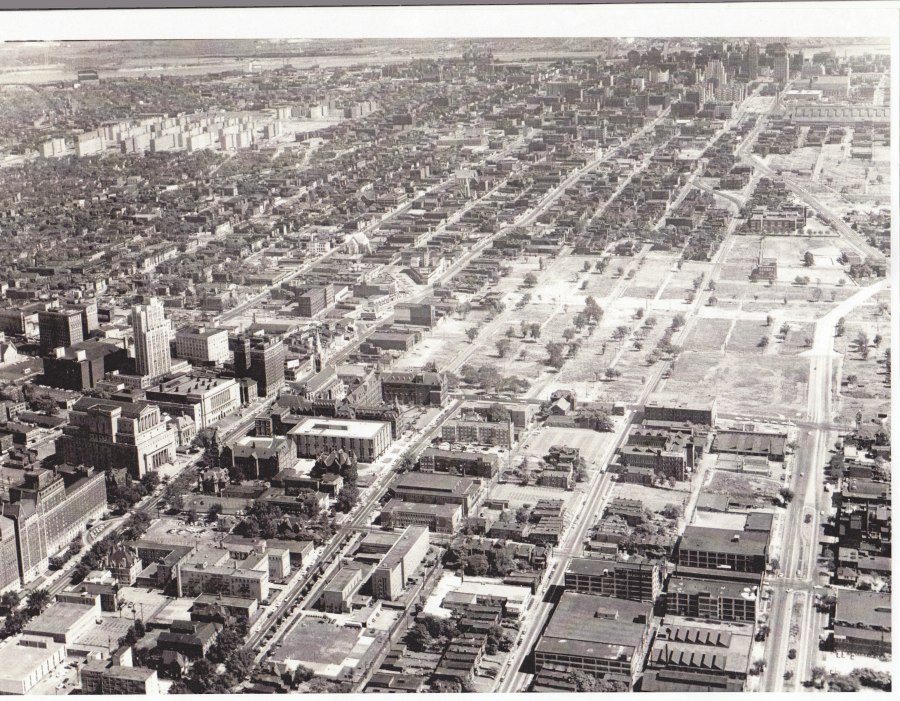Quote:
Originally Posted by edale

What do these areas of St. Louis look like today? Was the North side of STL impacted by urban renewal, too? I know there are some vast urban prairies on the north side, but are those due to attrition or a master planned clearing?
|
The Pruitt-Igoe site had been an urban forest until it was recently cleared for the new $2 billion NGIA West facility.
Mill Creek Valley is now a sparse collection of SLU buildings and sports fields.
The riverfront is now the Arch grounds.
Most of the loss on the north side is due to attrition (racist housing policies, concentration of poverty, white flight). North St. Louis was actually the denser half of the city when the city was still at its peak. The riverfront was a huge loss architecturally (I've heard it was the largest collection of cast-iron facades in the US outside of NYC) but losing the near north side and Mill Creek Valley were actually much more detrimental. At peak St. Louis ranked right below Philly, and if not for these massive scars St. Louis' core would feel similar to Philly's Center City.
Mill Creek Valley is the giant empty swath on the right in the image below.




